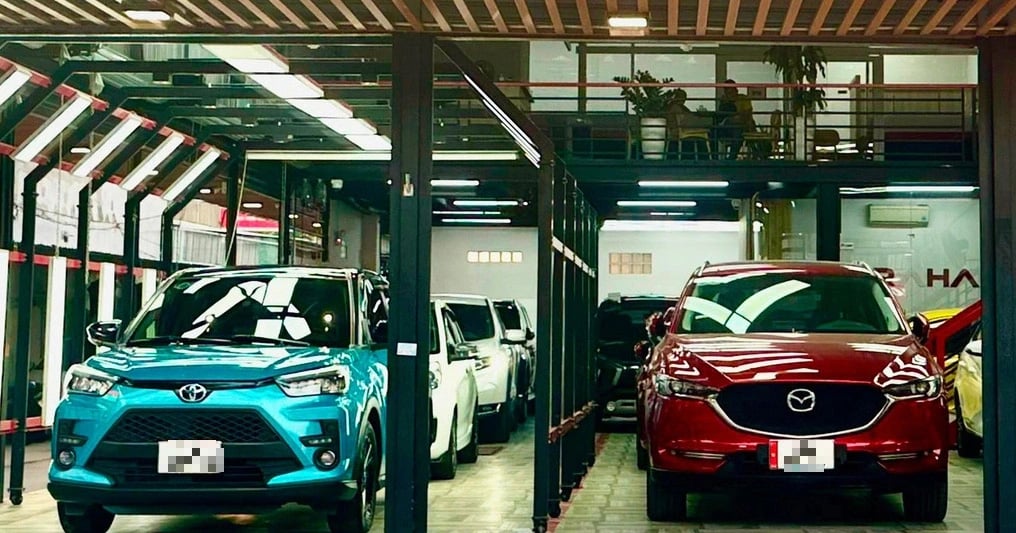
While the imported car market is facing difficulties, the used car market is bustling - Photo: Chotot
As of May 30, the cumulative budget revenue of the Ho Chi Minh City Customs Department from the beginning of the year reached about 48.8 trillion VND, equal to 37.72% of the assigned ordinance estimate, down 8.10% over the same period in 2023.
Tax collection from imported cars decreased by more than 50%
Of which, the estimated revenue in June 2024 is 10,800 billion VND, bringing the accumulated revenue from the beginning of the year to June 30 to an estimated 60,129.2 billion VND, down 5.5% over the same period in 2023, equivalent to an absolute decrease of 3,500.4 billion VND.
Regarding the budget revenue structure of the department, three items alone: automobiles; gasoline; machinery, equipment, tools, other spare parts; and iron and steel account for a large proportion of nearly 45%. Therefore, the fluctuations in these revenue sources have greatly affected the revenue.
As of June 30, the number of imported cars decreased sharply with 19,023 imported cars, down 30.2% compared to the same period in 2023, equivalent to an absolute decrease of 2,463 cars.
Taxable turnover reached only 35 million USD, down 43.2% in value. These figures led to a significant decrease in tax revenue of 51.78% compared to the same period in 2023, which means a decrease in revenue of up to 5,924.4 billion VND. Most imported car lines decreased.
According to the City Customs Department, state budget revenue from completely built-up automobiles will begin to decrease sharply from the last months of 2023 and continue to decrease in 2024.
In the second half of 2023, car import turnover will gradually decrease due to the impact of the economic recession, a sharp decline in purchasing power and because domestically assembled vehicles have a 50% reduction in registration fees according to the Government's policy.
The sharp downward trend of the imported car market is most evident from large markets such as Thailand and Indonesia, which account for nearly 80% of the market share of imported cars into Vietnam.
The main reason is the 0% import tax incentive under the ASEAN Trade in Goods Agreement (ATIGA) for the period 2022 - 2027, supporting the reduction of imported car prices and creating fierce competition with domestically assembled cars.
The remaining 20% is imported from China, Japan, Russia, Europe and the US.
Prices of imported cars from Europe begin to decrease
With the annual tax reduction roadmap, starting from the time the EU - Vietnam Free Trade Agreement (EVFTA) takes effect (2020), import tax on completely built-up cars from the EU to Vietnam will decrease by nearly 7% per year, helping to reduce car prices day by day.
According to calculations, in 2024, the import tax rate for cars from the EU to Vietnam will decrease from 37% - 42.5% compared to nearly 45% in 2023. It is expected that by 2030, the import tax on completely built-up cars from the EU will drop to 0%.
According to the City Customs Department, the decrease in budget revenue is also due to the impact of the policy of reducing value-added tax (VAT). Accordingly, in the first 6 months of 2024, the agency's VAT revenue decreased by VND 2,000 billion.
In addition, FTAs signed between Vietnam and major economic partners such as China, EU, Korea, Japan, UK, Russia, etc. also pose many challenges to import activities. Import taxes on many goods have decreased according to the tax reduction roadmap of FTA agreements such as EVFTA/UKVFTA from 4.7% to 3.5%, CPTPP from 2.1% to 1.7%, etc.
In the current situation, the City Customs Department believes that managing and forecasting revenue from imported goods, especially automobiles, is extremely necessary to ensure a stable state budget and have solutions to compensate from other groups of goods.
Source: https://tuoitre.vn/mat-hon-5-900-ti-dong-vi-o-to-nhap-khau-khong-ve-20240623180948802.htm


![[Photo] General Secretary To Lam receives Japanese Ambassador to Vietnam Ito Naoki](https://vstatic.vietnam.vn/vietnam/resource/IMAGE/2025/4/3/3a5d233bc09d4928ac9bfed97674be98)
![[Photo] Moment of love: Myanmar people are moved to thank Vietnamese soldiers](https://vstatic.vietnam.vn/vietnam/resource/IMAGE/2025/4/3/9b2e07196eb14aa5aacb1bc9e067ae6f)



![[Photo] Special relics at the Vietnam Military History Museum associated with the heroic April 30th](https://vstatic.vietnam.vn/vietnam/resource/IMAGE/2025/4/3/a49d65b17b804e398de42bc2caba8368)




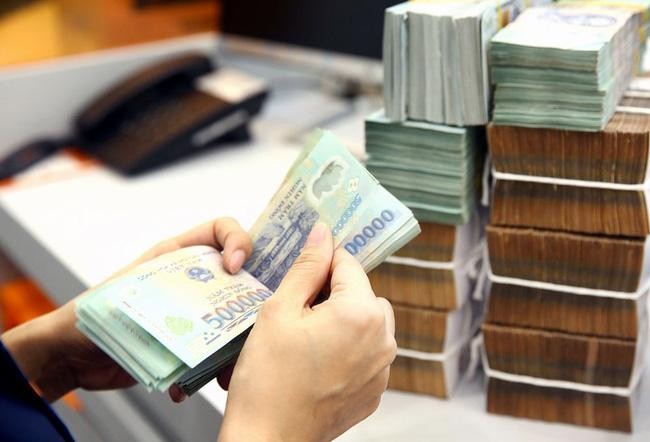





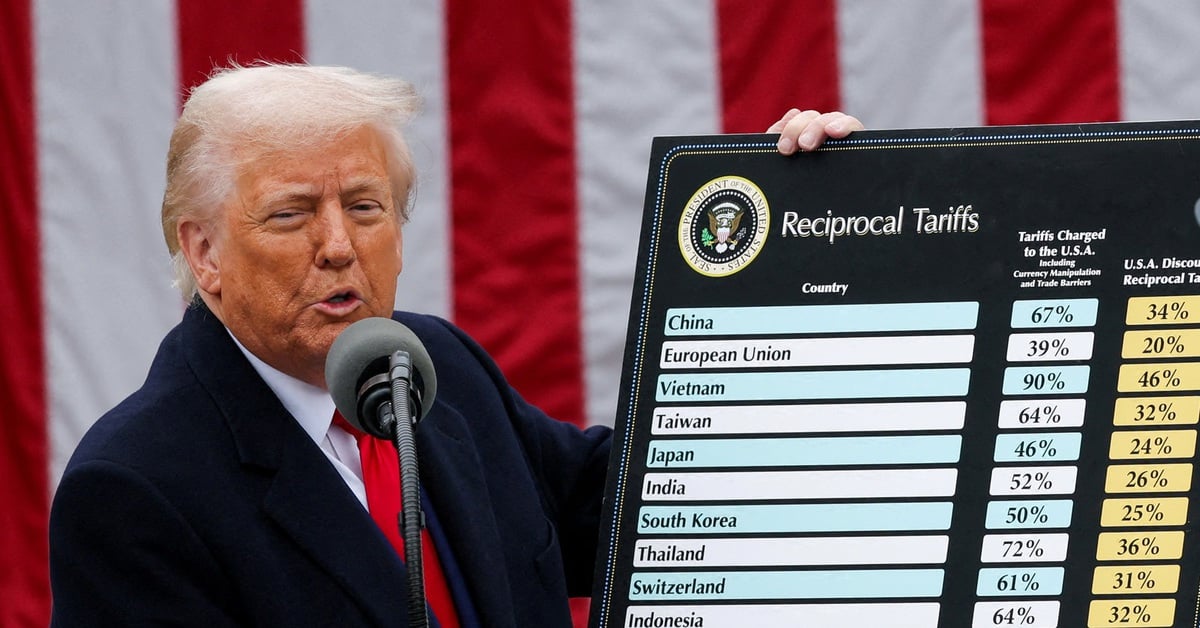

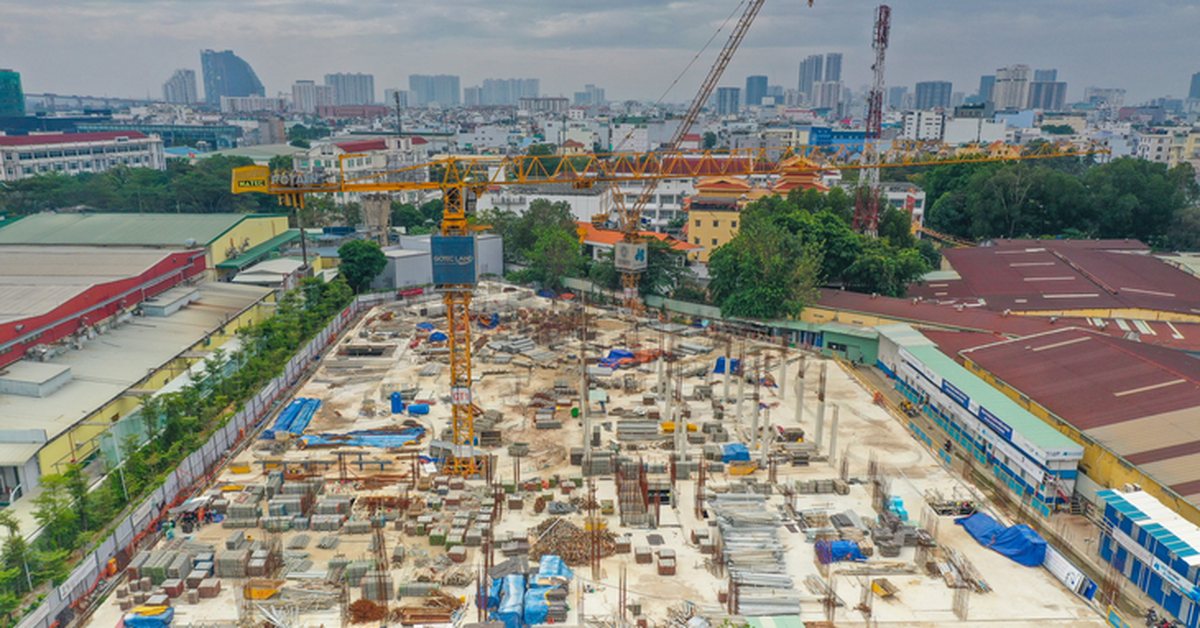










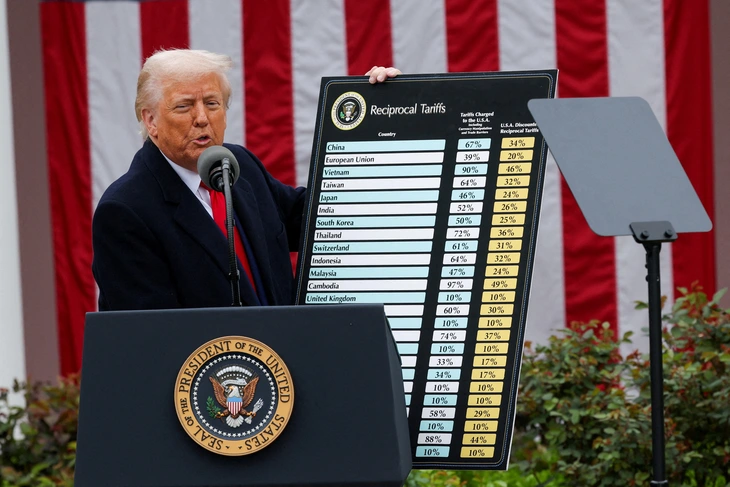
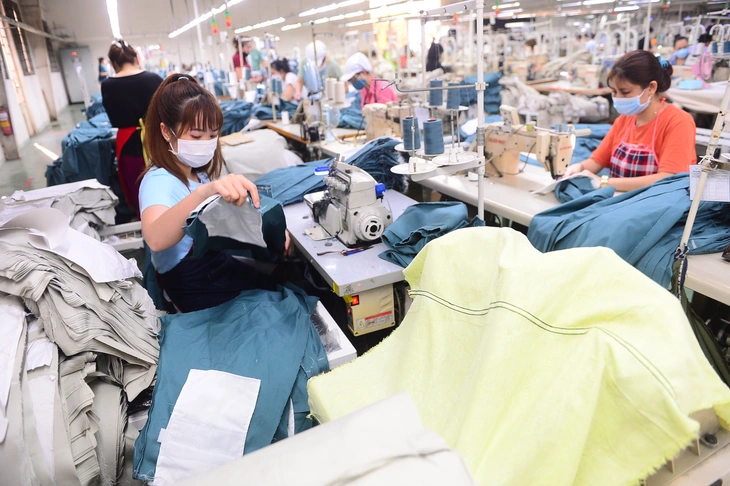







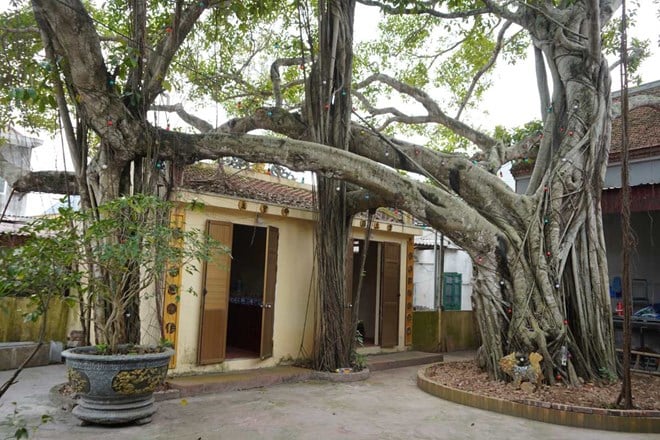






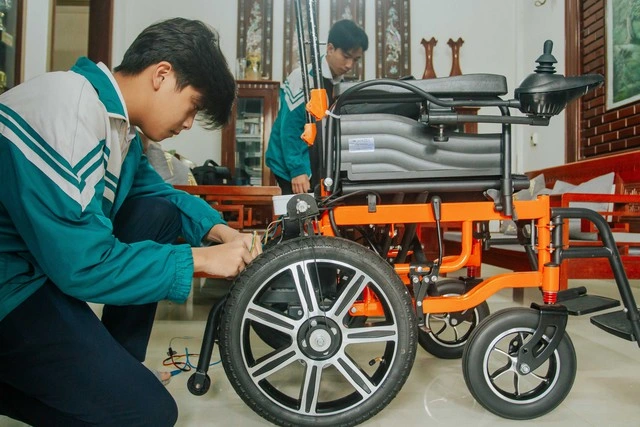















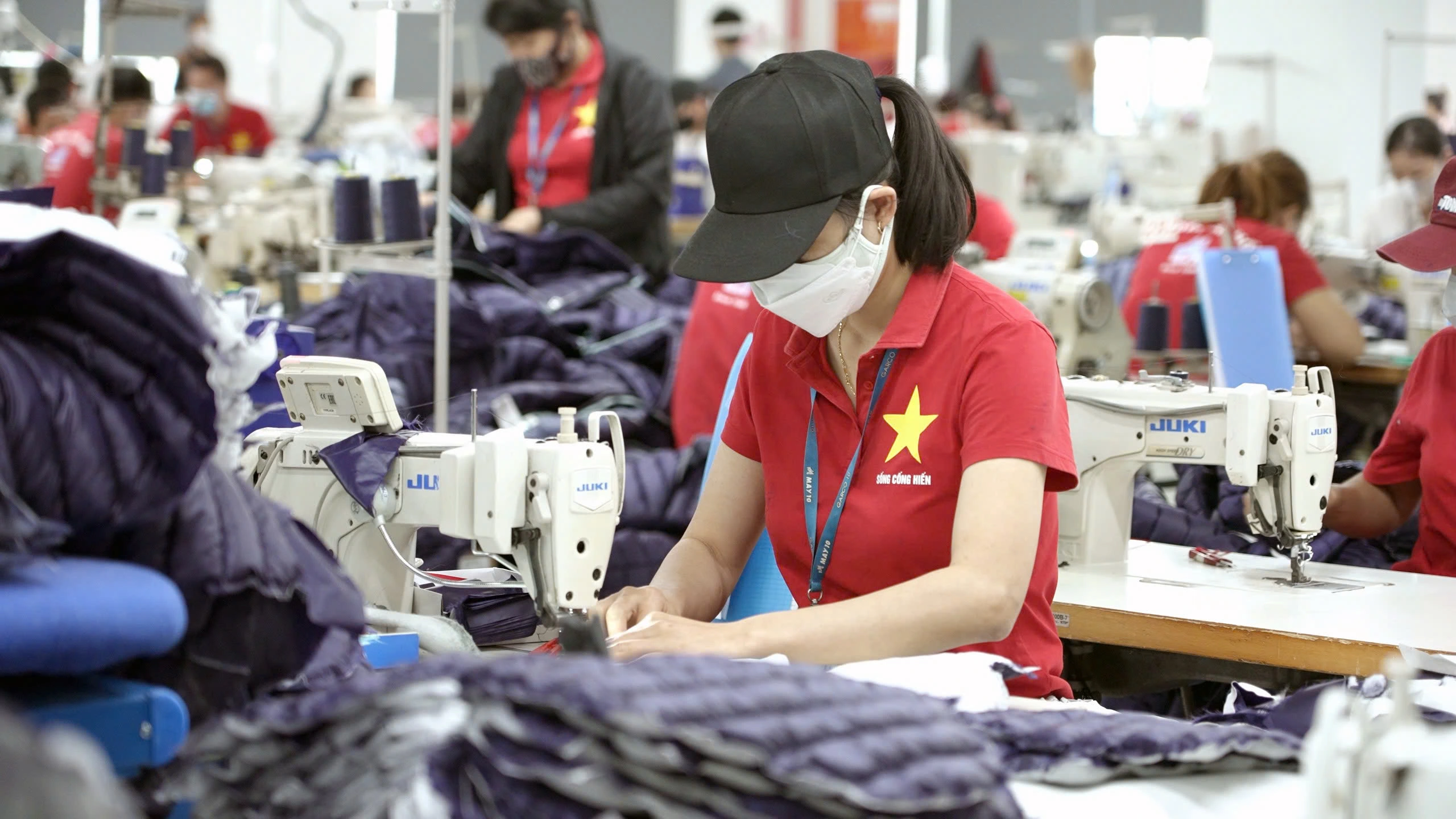








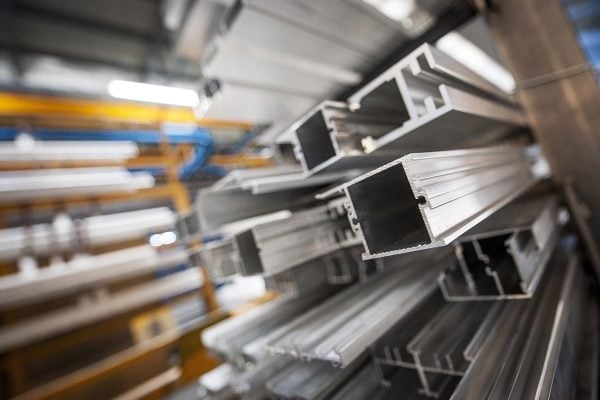




















Comment (0)